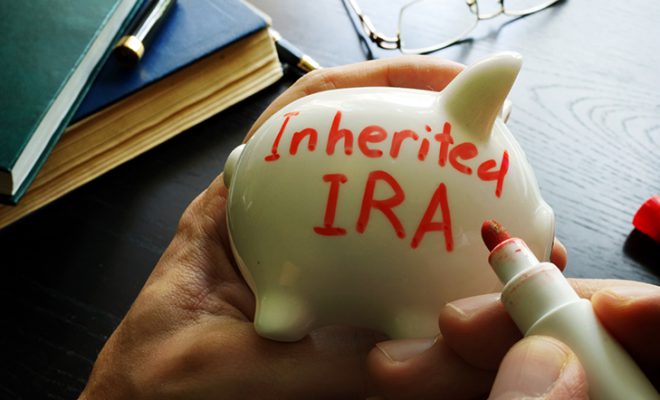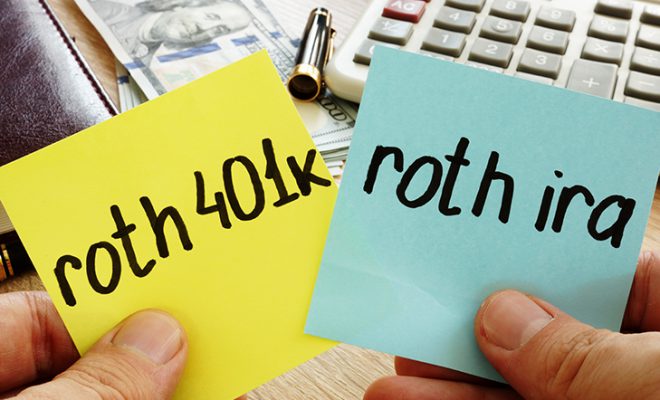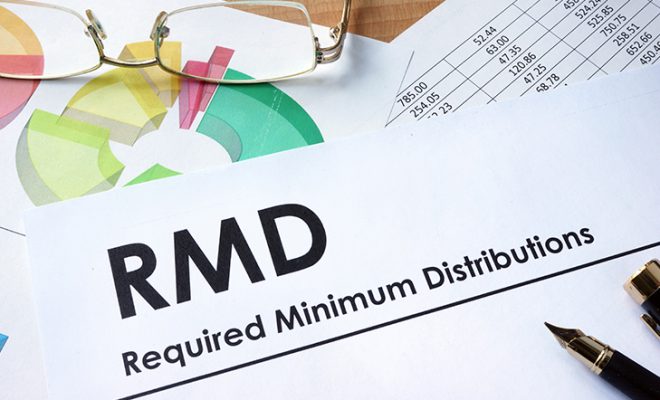How Much To Save For Retirement By Age

Navigating the journey to retirement can often feel like a complex puzzle, especially when it comes to figuring out how much you need to save. It’s a question that resonates with almost everyone, primarily because it determines their comfort during the non-working years of their lives. The answer to “how much you need to retire” is shaped by various factors, including the kind of retirement life you dream of, your age, and the expenses you anticipate during your retirement years.
Retirement planning is not just about reaching a target savings number. It’s about crafting a financial safety net that will carry you comfortably through your later years. While there’s no one-size-fits-all amount that guarantees a worry-free retirement, there are key considerations to help you gauge the savings you’ll need for a secure future.
Consider what retirement looks like for you. Does it include lavish travels and hobbies, or a simpler, more relaxed lifestyle? The choice impacts how much you need to save. Starting your retirement earlier also means your savings need to stretch longer, increasing the amount you need to save. You’ll also need to make a realistic projection of your retirement expenses, considering essential costs like housing, healthcare, and daily living expenses.
Another crucial aspect is understanding your potential Social Security benefits. This helps in determining the additional savings you need to supplement these benefits. Remember, effective retirement planning involves a balance of realistic expectations and prudent financial strategies, ensuring you can enjoy your retirement years with peace of mind and financial security. Consider consulting with a professional financial advisor who can help devise a customized plan based on your financial needs and goals.
This article discusses the average retirement savings you should aim to save by the time you reach certain age milestones and how they influence your retirement planning process.
Table of Contents
Understanding average retirement savings by age milestones
Thinking about retirement may seem like an overkill when you have just joined the workforce. However, considering saving for the non-earning years right at the beginning is a good way to prepare for a worry-free and meaningful retirement. The amount required for retirement is thus influenced by several factors including age, income, lifestyle ambitions, and investment decisions. To bring clarity to this aspect, let’s explore the average retirement savings benchmarks at various age milestones, and what influences these figures.
1. Age and savings milestones
“How much money should I have for retirement” is a common question. The table below shows how much you should ideally save based on your age:
| Age Milestone | Multiple of your annual salary saved |
| 30 | 1x |
| 40 | 2x |
| 45 | 4x |
| 50 | 6x |
| 55 | 7x |
| 60 | 8x |
| 67 | 10x |
These targets are shaped by the key factors below:
- Age and compounding: Starting early in your savings journey gives your money more time to grow through the power of compound interest. This can significantly boost your retirement fund over time.
- Income levels: Your income plays a critical role in how much you can realistically set aside for retirement. Generally, those with higher incomes are recommended to save a greater percentage of their earnings.
- Lifestyle aspirations: The type of retirement you envision – be it filled with global adventures or a quiet, simple life – greatly influences how much you need to save. Those aiming for a more luxurious retirement lifestyle may need to save more.
- Investment choices: The nature of your investments can also impact your retirement savings. While riskier investments may offer higher returns, they also come with greater risks. A balanced approach in investment strategy is often advised for long-term retirement planning.
Additional considerations:
- Social Security benefits: These benefits will supplement your retirement income, but should not be relied upon as the sole source of your retirement funds.
- Employer contributions: Maximizing employer contributions to your retirement plan, if available, is an essential strategy for enhancing your retirement savings. This way you can use your loyalty to enhance your retirement corpus.
- Emergency funds for unforeseen expenses: Life can be unpredictable. Having an emergency fund can help absorb the financial impact of unexpected expenses like medical emergencies or major home repairs, thereby protecting your retirement savings.
Age milestones and the role they play in your retirement planning process
Your age plays an important role in your retirement planning process. Each decade of your life requires a tailored approach to retirement savings. By adjusting your strategy in line with age-specific benchmarks, you can ensure that you’re on the right path toward a comfortable and financially secure retirement.
Here’s how you may approach retirement savings during each phase of your life:
1. 20s and 30s: Establishing a strong foundation
The early stages of your career, namely your 20s and 30s, present an ideal opportunity to develop robust retirement savings habits. Starting with even modest contributions at this stage can lead to significant growth over time, thanks to compounding interest. Consider saving between 10% to 15% of your annual income during these years, with an eye towards increasing this rate as your earnings improve.
2. 40s: Ramping up your efforts
Entering your 40s, you’re likely to find yourself in a more stable financial phase. This is the time to intensify your retirement-saving efforts. A good milestone is to have thrice your annual salary saved by age 40. Consider maximizing your contributions to employer-sponsored plans, opening an Individual Retirement Account (IRA), or exploring other investment avenues to help you achieve this target.
3. 50s: Preparing for the final stretch
Your 50s are crucial for assessing your retirement savings and making any necessary adjustments. Aim to have saved at least six times your annual salary by the time you hit 50. If you’re not on track, look at ways to ramp up your savings, like increasing contributions, trimming down expenses, or taking advantage of catch-up contributions if available.
4. 60s: Final preparations for retirement
As you near retirement in your 60s, the focus naturally shifts from accumulation to preservation and strategic management of your assets. By age 60, aim for savings that are at least eight times your annual salary. It’s advisable to collaborate with a financial advisor to formulate a withdrawal strategy that aligns with your specific retirement goals and lifestyle preferences.
The strategy of saving 25 percent of income for retirement
A common recommendation suggests allocating 25% of your income towards retirement. While this target might initially seem ambitious, it’s important to note that this figure encompasses not just your personal savings, but also employer contributions and any other forms of retirement income you may accrue.
Here are some effective strategies to help you achieve this retirement savings goal:
1. Start saving early
As discussed earlier, embracing the power of compounding can help to reach this seemingly ambitious goal. The sooner you start saving, the more time your money has to grow. Even small, early contributions can make a considerable difference over the long term.
2. Gradually increase savings
If saving 25% right off the bat is too steep, consider starting with a more manageable percentage and increasing it gradually as your income rises. This approach can make the process less overwhelming and more sustainable.
3. Maximize employer contributions
Many employers offer retirement plans with matching contributions. Participating in these plans and contributing enough to qualify for the full employer match can significantly enhance your retirement funds.
4. Tailor your investment strategy
Your investment choices should align with your risk tolerance and the time frame you have until retirement. A diversified and well-thought-out investment strategy can help ensure a smooth sail into your retirement years.
5. Regularly reassess your plan
It is a good idea to periodically review and adjust your strategy to reflect changes in your income, lifestyle, and retirement objectives. This might involve increasing your savings rate, tweaking your investment approach, or reevaluating your overall retirement targets.
How much does a couple need to retire?
Now that you have a basic idea of how much to save as an individual, read on to know about retirement savings requirements for couples.
Several factors influence the amount a couple needs to retire comfortably:
1. Shared goals and expectations
Open communication and alignment on retirement goals are essential for couples. It is worthwhile to discuss your desired lifestyle, travel plans, healthcare needs, and potential sources of income.
2. Joint financial assessment
An evaluation of your combined income, expenses, assets, and liabilities will provide a clear picture of your current financial standing and determine your savings strategy.
3. Anticipated expenses
For a clearer picture, consider estimating your post-retirement expenses, including housing, healthcare, transportation, food, and leisure activities. Account for potential inflation and rising healthcare costs.
4. Desired lifestyle
Determine the lifestyle you envision in retirement. Will you travel extensively, pursue hobbies, or downsize your living arrangements? Your lifestyle choices will impact your retirement savings needs.
5. Risk tolerance
Assessing your risk tolerance as a couple is the first step to determining your investment strategy. If you are risk-averse, you may prefer conservative investments with lower potential returns but greater stability.
6. Debt management
Consider minimizing your existing debts, particularly high-interest loans. It can significantly improve financial stability and free up more funds for retirement savings.
A common rule of thumb suggests that couples should aim to save around 7-8 times their combined annual income to retire comfortably. This translates to roughly 70% to 80% of their pre-retirement income to maintain their current lifestyle.
However, this is just a general guideline, and the actual amount required may vary depending on individual factors.
To conclude
Saving for retirement is a lifelong journey that requires discipline and careful planning. By adhering to these age-based savings guidelines, you can confidently approach retirement with peace of mind, knowing that you’ve invested in a secure and fulfilling future. Remember, every step you take towards saving for retirement is a step closer to achieving a stress-free and comfortable retirement.
Use WiserAdvisor’s free advisor match service to match with vetted financial advisors who can guide you effectively on retirement planning. Answer some questions about your financial needs, and our match tool can connect you with 1 to 3 advisors who are best suited to help you.




















How do you balance retirement savings with shorter-term goals? I maximize contributions to my Roth IRA and contribute 10% of my salary to my 401(k), on top of the 7.5% employer contribution.
I would say that to determine your retirement target, it is essential to consider factors like inflation, investment returns, and expected lifespan. A common rule of thumb is the 4% retirement rule, which suggests withdrawing 4% of your retirement savings annually to cover expenses. Assuming this, your target savings would be your annual expenses divided by 0.04.
As for the retirement age, it depends on your current age, financial goals, and how quickly you can save.